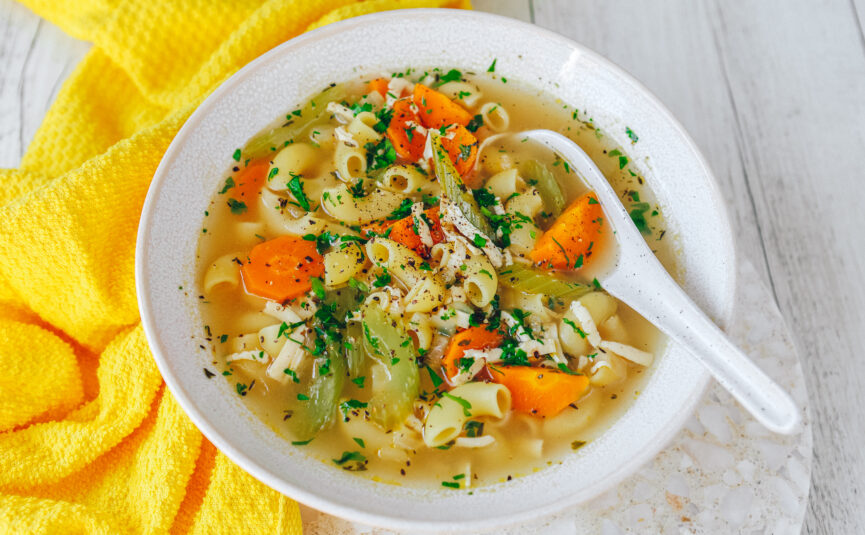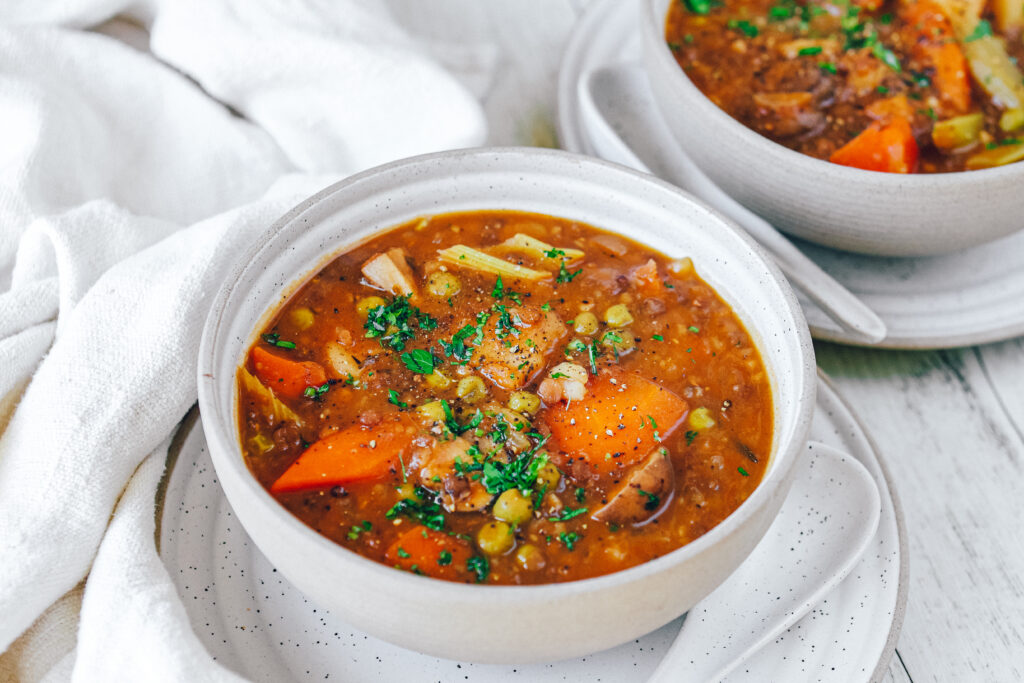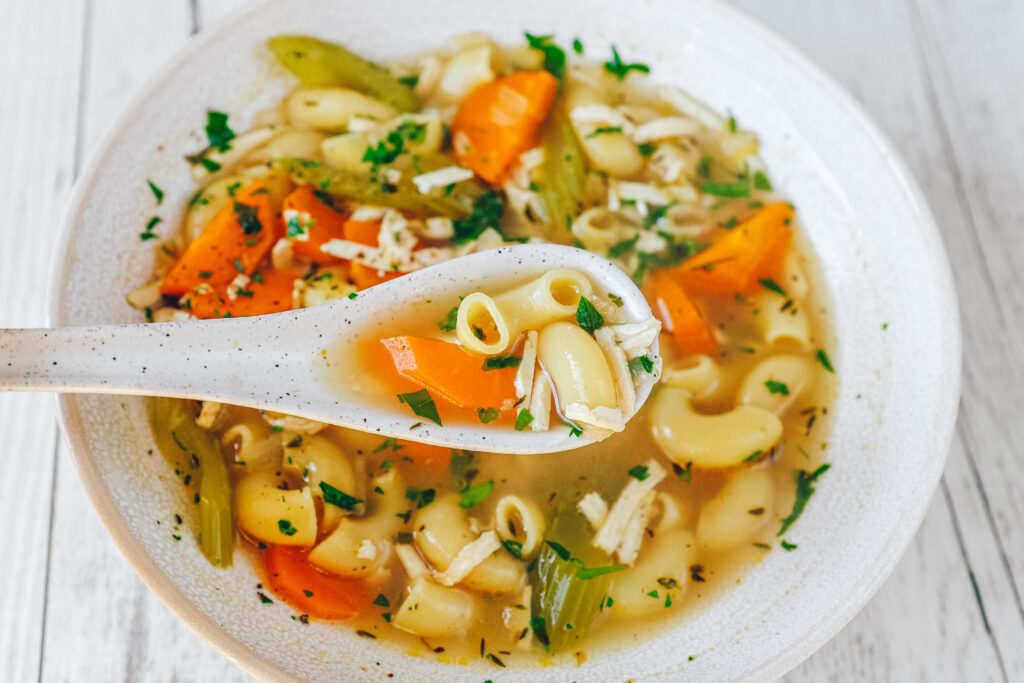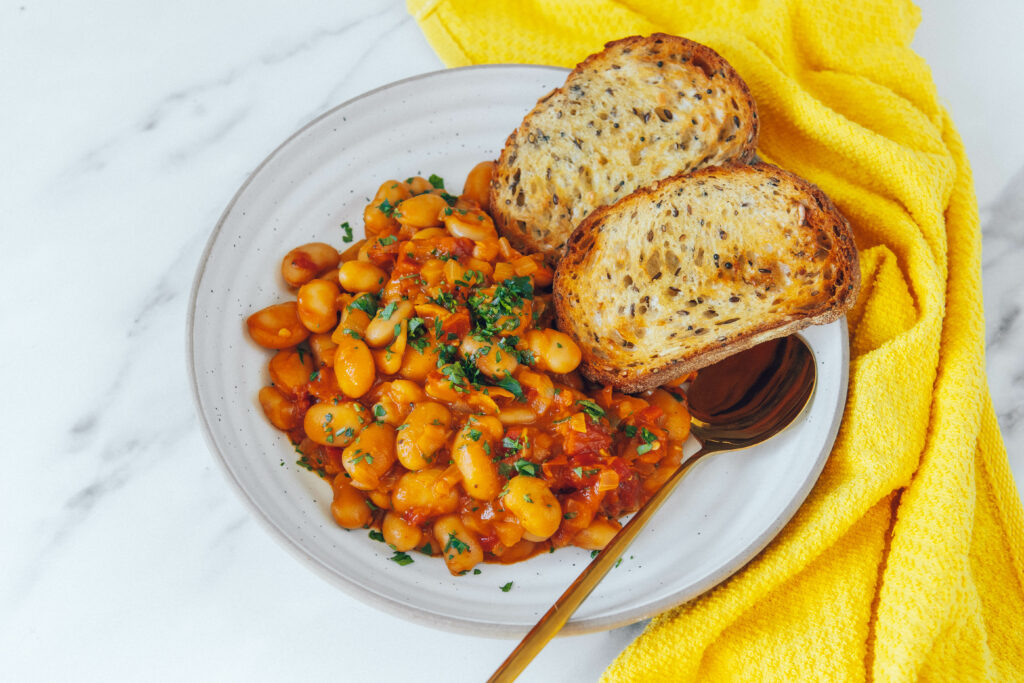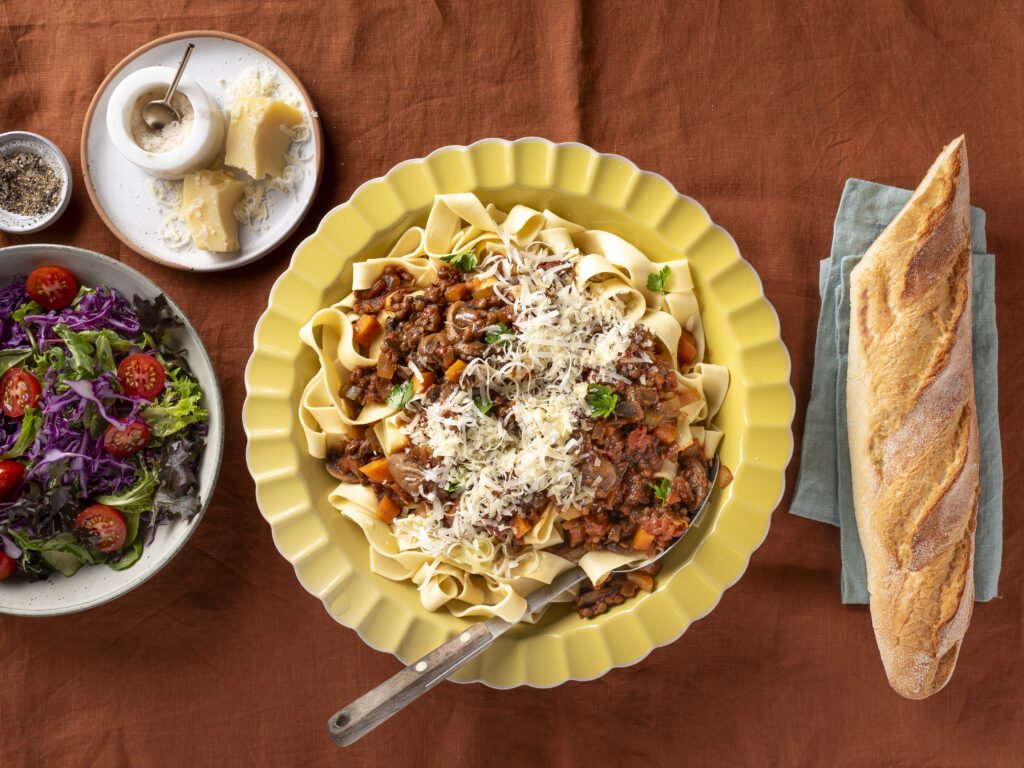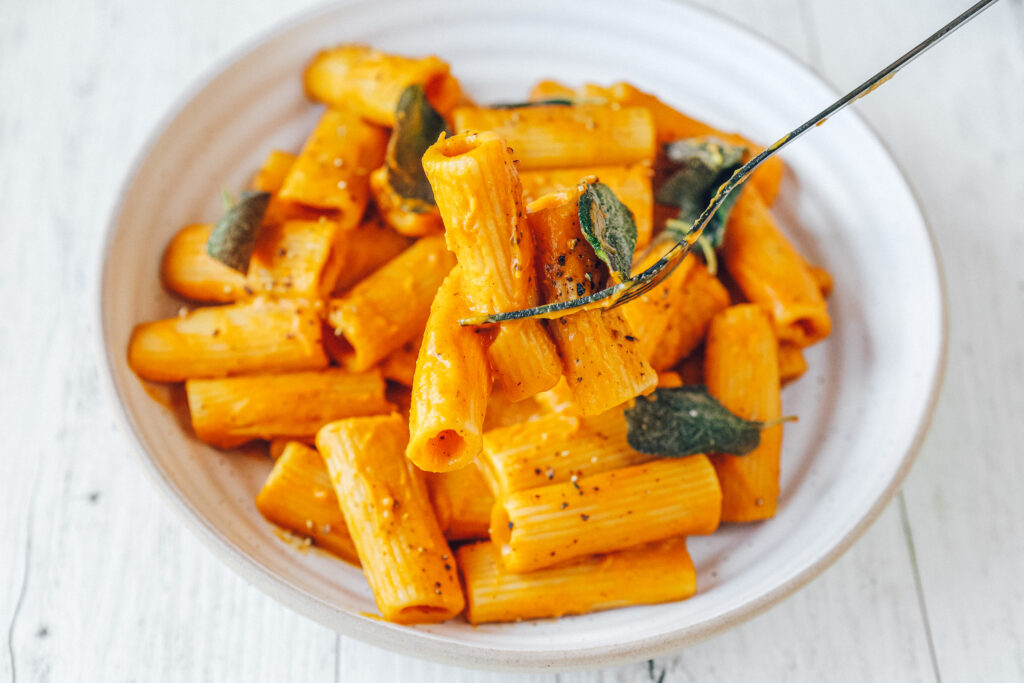5 Best Plant Based Bowls for Winter
The chilly season is here and we’re seeking nourishing bowls that make winter seem like a good thing. This line up of warming bowls are on rotation in our home, marking the arrival of cozy season
1. Heart Vegetable Stew
Let’s start with a steamy one. Veggie packed and deep in flavour, this stew is simple but a stand out.
Click here for the recipe
